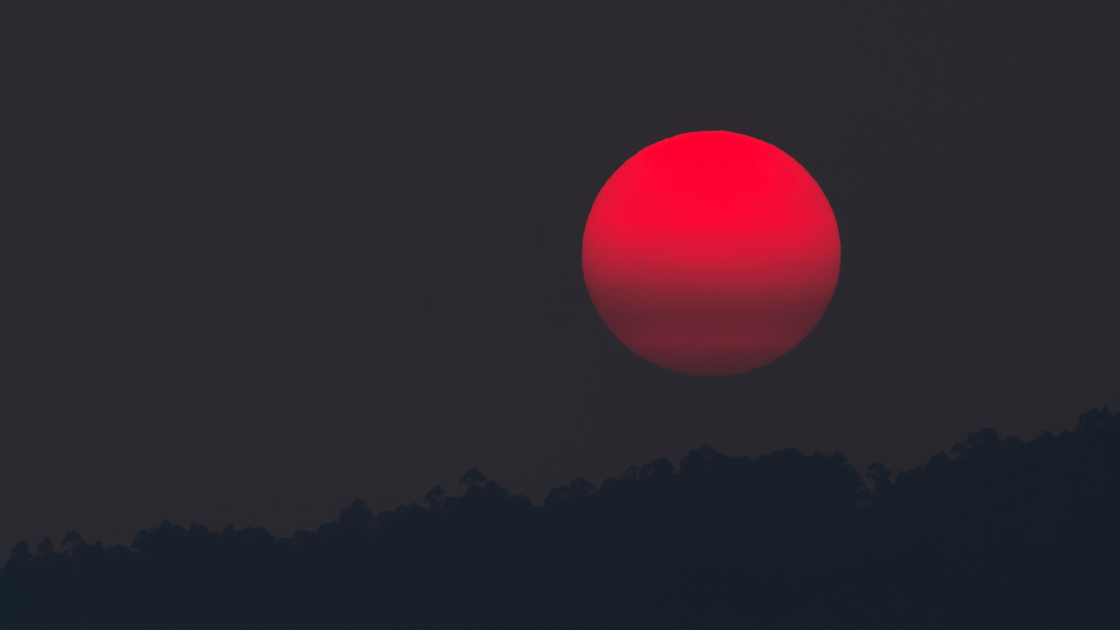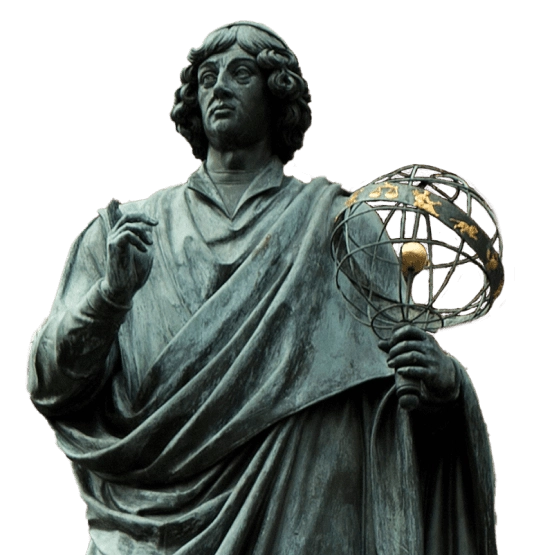On Sunday, September 7, 2025, one of the most remarkable astronomical events of the year will take place – a total lunar eclipse. The phenomenon will be visible throughout Poland and will coincide with a supermoon, making the event especially spectacular.
What is a lunar eclipse?
A lunar eclipse occurs when Earth’s shadow falls on the Moon, which can only happen during a full moon. However, not every full moon brings an eclipse, since the Moon’s orbit is tilted about 5° relative to Earth’s orbit. As a result, the Moon only occasionally crosses Earth’s shadow.
Astronomers distinguish three types of lunar eclipses:
Total – the entire Moon is within Earth’s shadow.
Partial – only part of the Moon’s disk is obscured by the shadow.
Penumbral – the Moon passes through the Earth’s outer shadow (penumbra), causing only a subtle dimming.
During September’s event, it will be possible to observe all of these stages, from penumbral through total.
Eclipse timeline (CEST):
5:28 p.m. – beginning of penumbral phase
6:27 p.m. – beginning of partial phase
7:31 p.m. – beginning of total phase
8:13 p.m. – maximum eclipse (totality magnitude: 1.36)
8:53 p.m. – end of total phase
9:56 p.m. – end of partial phase
10:56 p.m. – end of penumbral phase
The Moon will rise over Poland between 7:00 and 7:15 p.m., depending on location. This means that observers will see the Moon rising already in the midst of the partial eclipse, just before it enters totality.
The Super Blood Moon
This eclipse is special for another reason – the full moon will occur near the Moon’s perigee, the point in its orbit closest to Earth. As a result, the lunar disk will appear larger than usual, making it a supermoon.
During totality, the Moon will take on a distinctive reddish hue. This happens because, although Earth blocks direct sunlight, some rays still reach the Moon after being refracted through Earth’s atmosphere. The atmosphere scatters shorter wavelengths (blue light) while transmitting longer ones (red light), giving the Moon its characteristic “blood” color. The intensity of the red shade will depend on atmospheric conditions, such as the presence of dust or aerosols.
How to observe
No special equipment is required to observe the eclipse. It is enough to find a spot with a clear view of the horizon, free of buildings, trees, or strong artificial lights. Binoculars or a telescope will enhance the view, allowing for details such as the structures of lunar maria to be seen.
Because the Moon will be low above the horizon, the eclipse will be an excellent opportunity for landscape astrophotography, capturing the blood supermoon against the backdrop of cities or natural scenery. However, its low position also means more atmospheric dimming and possible obstructions from horizon clouds.
Public viewings and broadcasts
Many planetariums, science centers, and astronomy clubs will organize public viewings of the eclipse. The event will also be streamed online by institutions dedicated to science outreach.
Detailed information about 2025 astronomical events, including eclipses, can be found in the free “Astronomical Almanac” published by the Polish Astronomical Society.






